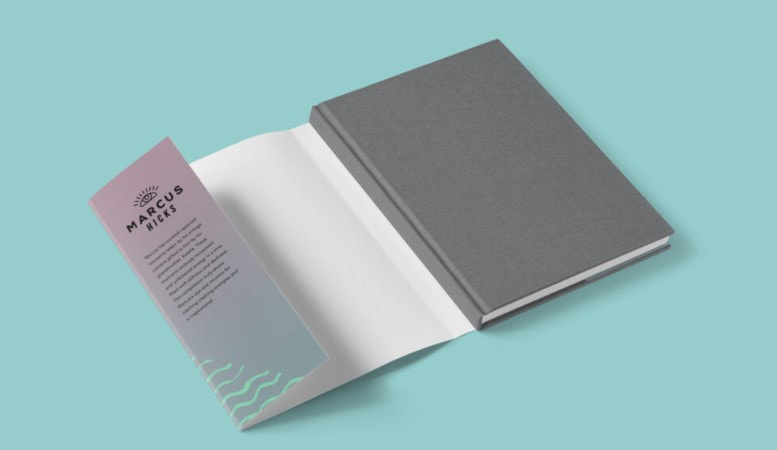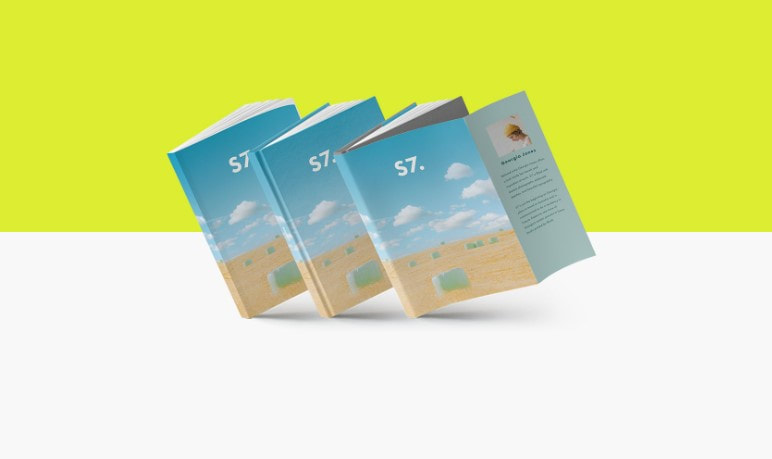|
Book covers are often the first thing readers notice when they spot a book in a store, online, or someone’s hands. Book cover design is essential for ensuring that a book stands out among the competition and attracts potential readers. In this article, we’ll take a look at some of the different types of book cover design available to authors and publishers to make sure their books look professional, inviting, and eye-catching. Book Cover Design Book Cover Design is an important aspect of book publishing. It can draw readers in and create a strong impression of the book’s content. In this article, we will discuss the different book cover designs that authors can choose when designing their books to know more details about it then visit here www.bookpattern.com The most common type of cover design is a dust jacket. This type of cover typically includes images, text, or both on its front and back surfaces. It usually wraps around the entire outer edge of the book and is used to protect it from damage or wear. Another popular option for designing a book’s cover is to go with a paperback or hardcover version without any dust jackets or additional covers at all. These books often have artwork printed directly onto them, which can add an extra layer of appeal and style to them. Definition: What is a Book Cover? A book cover is an essential part of a book's design. It serves as the face of the book, providing potential readers with their first impression. It also helps protect the pages and content within. In this article, we'll discuss what a book cover is and explore some of the different types of book cover design available today. Book covers come in many shapes and sizes, depending on the publishing format used for each title. They help to give a visual representation to provide information about the contents inside, such as author name, genre, or subject matter. The best-designed covers often provide a balance between revealing enough information to intrigue potential readers without giving away too much and spoiling any surprises! Different publishers may have their own styles when it comes to creating eye-catching designs that capture attention on store shelves or online marketplaces. Types of Covers: Hardcover, Softcover, Dust Jacket When it comes to booking cover design, there are several different options available. Hardcover books are the most common type of cover and typically feature a sturdy cardboard or paper-covered board with a dust jacket over the top. Softcover books offer a more cost-effective solution that is often chosen for paperback editions of texts. Dust jackets can be added to either hardcover or softcover books and provide an additional layer of protection against dirt, spills, and wear and tear. Hardcovers typically have thicker covers with cloth-like material on their surfaces, providing greater durability than softcovers. They also generally come in different sizes and shapes depending on the book they cover. Softcovers are usually made from thinner materials such as paper or plastic, so they can be more flexible but less durable than hardcovers. Logos & Text: Titles & Images Logos & Text: Titles & Images is an article about the types of book cover design and how to create a unique and eye-catching image best. Book covers are one of the most important elements in a book’s marketing, as they are often the first thing readers see when browsing for something new to read. Logos, titles, and images play a vital role in creating an attractive cover that will draw potential buyers in. With careful thought and consideration of each element, authors can create an effective book cover design that stands out among other books on shelves or online. Book covers should include logos and text to ensure all important information is included without compromising the design's overall look. Logos usually consist of the author’s name or imprint along with any other relevant information such as publisher name, series title, or ISBN number. Colors & Patterns: Visual Appeal Colors and patterns can be an effective way to make a book stand out from the competition. A strong visual appeal on the cover of a book can draw in readers, making them more likely to pick it up and read it. By using colors and patterns that are eye-catching and unique, authors can create covers that will captivate potential readers. Combining colors with different shapes and textures is one of the most important design aspects for creating a successful book cover. The use of typography, iconography, photography, illustration or any combination of these elements can also have a huge impact on how appealing the cover looks. Choosing interesting colors and combining them with interesting patterns will ensure that your book stands out from the competition in terms of its visual appeal. Specialty Materials: Embossing & Die Cuts Specialty Materials: Embossing & Die Cuts is an article about the types of book cover design that can be used to create a unique and eye-catching look for any publication. Embossing and die cuts are two popular options that can add texture, dimension, and style to any book cover. Embossing involves pressing paper into a metal plate with raised designs or lettering to create an impression in the paper's surface. A die cut is a technique where shapes or patterns are cut into the material - often creating windows or other intricate patterns - lending depth and interest to a design. With both embossing and die cuts, there are endless possibilities for creating beautiful book covers that stand out in a crowded marketplace. Not only do they add visual appeal, but they also make books more tactile - giving readers something interesting to feel as they handle them.
Conclusions When it comes to booking cover design, variety is key. Different readers prefer different aesthetics and visuals, so providing a diverse selection of designs can help capture the attention of potential buyers. In this article, we discussed the various types of book cover design that exist and their importance in the success of a book. Several styles can be used for a book’s cover design from vintage classics to striking modern graphics. For example, photo-based covers often feature an image or series of images that provide viewers with insight into the story behind a book's content. Illustrative design is another creative option as it allows authors to incorporate unique artwork that reflects their stories’ themes and moods. On the other hand, minimalist designs allow authors to make use of simple shapes and typography to create striking visuals without overwhelming viewers.
0 Comments
Leave a Reply. |


